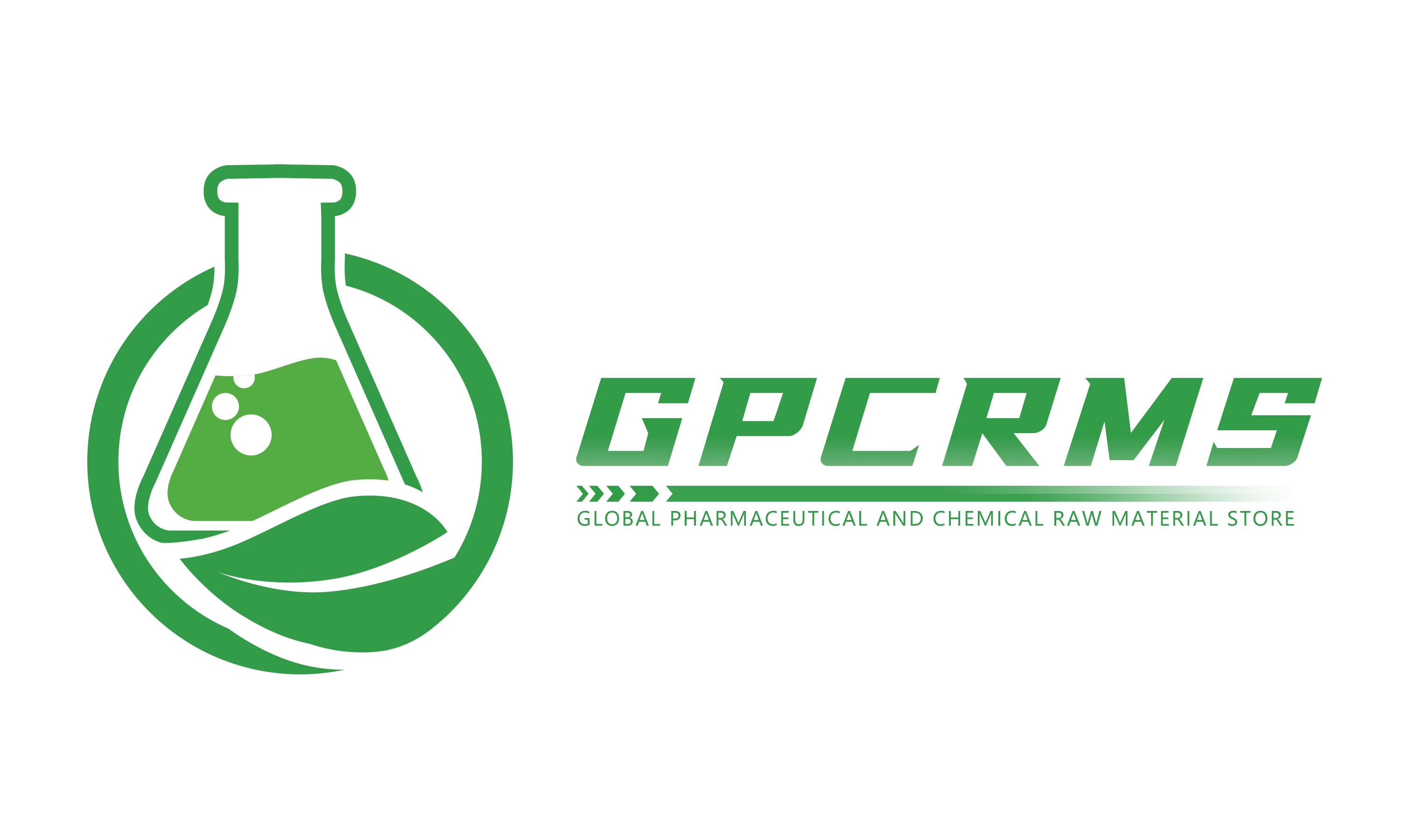LGD-3303 PCT: Best Practices for Restoring Hormonal Balance
LGD-3303 is a selective androgen receptor modulator (SARM) widely used to increase muscle mass and improve athletic performance. Like other SARMs, LGD-3303 works by binding to androgen receptors, promoting protein synthesis and muscle growth, leading to noticeable improvements in muscle mass, strength, and physique. However, like all SARMs, LGD-3303 use can cause some level of hormonal imbalance, especially in testosterone levels. Therefore, an effective post-cycle therapy (PCT) after using LGD-3303 is essential to help restore hormonal balance in the body.
The Impact of LGD-3303 on Hormonal Levels
LGD-3303 promotes muscle growth by binding to androgen receptors, mimicking the effects of testosterone. However, this action suppresses the body's natural testosterone production. While LGD-3303 may have a lesser impact on testosterone suppression compared to other stronger SARMs like LGD-4033, prolonged or high-dose use can still cause a reduction in testosterone levels. Therefore, after an LGD-3303 cycle, PCT is necessary to help restore testosterone levels and prevent side effects associated with low testosterone, such as reduced libido, mood swings, and muscle loss.
LGD-3303 Post-Cycle Therapy Plan
1. Clomid (Clomiphene Citrate)
Clomid (clomiphene citrate) is a commonly used PCT drug. It stimulates the pituitary gland to release luteinizing hormone (LH) and follicle-stimulating hormone (FSH), which, in turn, promote natural testosterone production. For PCT after LGD-3303, Clomid is the drug of choice for restoring testosterone. A typical dosage is 50mg per day for a 4-week period. Some users may start with a higher dose (e.g., 100mg/day) in the first two weeks to kick-start recovery and then reduce the dosage in the following weeks.
2. Nolvadex (Tamoxifen)
Nolvadex (tamoxifen) is another drug commonly used in PCT. It works similarly to Clomid by inhibiting estrogen’s negative feedback on the hypothalamus, thus promoting the release of LH and FSH and supporting testosterone recovery. A typical dosage of Nolvadex is 20mg/day for 4 weeks. It is often used in combination with Clomid to maximize recovery.
3. HCG (Human Chorionic Gonadotropin)
HCG can be used as part of PCT, especially in cases of long LGD-3303 cycles. It mimics the action of LH and directly stimulates the testes to produce testosterone. Administering HCG in the first two weeks after the LGD-3303 cycle can help stimulate quick testosterone recovery. The typical dosage is 1000-2000 IU, administered two to three times a week. However, caution is needed as improper use of HCG may cause the testes to become dependent on external stimulation, potentially suppressing their natural function.
PCT Timing
PCT should begin approximately 3-5 days after the end of the LGD-3303 cycle, once the SARM has cleared the system. This timing allows the body’s hormone levels to begin the recovery process before starting the therapy.
For most users, the PCT duration is typically 4 weeks. During this period, a combination of Clomid and Nolvadex is the most common approach. HCG can be added as needed, particularly if testosterone recovery is slow or if the cycle duration was long. The primary goal of PCT is to minimize the side effects of hormonal imbalance and promote the restoration of natural testosterone production.
Supplementation Strategies
In addition to pharmaceuticals, diet and lifestyle adjustments are important during recovery. Ensuring adequate sleep, a balanced diet, and a reasonable training program are key factors that support the overall recovery process.
1. Testosterone Support Supplements
Supplements like zinc, boron, and vitamin D can be helpful in supporting testosterone levels during PCT. These supplements can help enhance the natural secretion of testosterone, especially during the first few weeks of PCT.
2. Healthy Diet
Maintaining a diet rich in high-quality protein, healthy fats, and complex carbohydrates is essential during recovery. This not only aids in muscle repair but also helps support hormonal balance.
3. Aerobic and Strength Training
Moderate strength training and aerobic exercise can help boost metabolism and improve overall recovery. However, it is important to avoid overtraining and maintain a reasonable exercise load to maximize recovery results.
Conclusion
While LGD-3303 is less likely to cause significant testosterone suppression compared to some other SARMs, it can still lead to hormonal imbalance. Therefore, appropriate PCT is necessary to restore natural testosterone production and prevent the side effects associated with low testosterone. By using Clomid, Nolvadex, and possibly HCG, along with a healthy diet and lifestyle, users can effectively restore their testosterone levels, mitigate side effects, and ensure long-term health and muscle growth. A well-designed PCT plan will help users restore hormonal balance, optimize training results, and maintain overall well-being.
